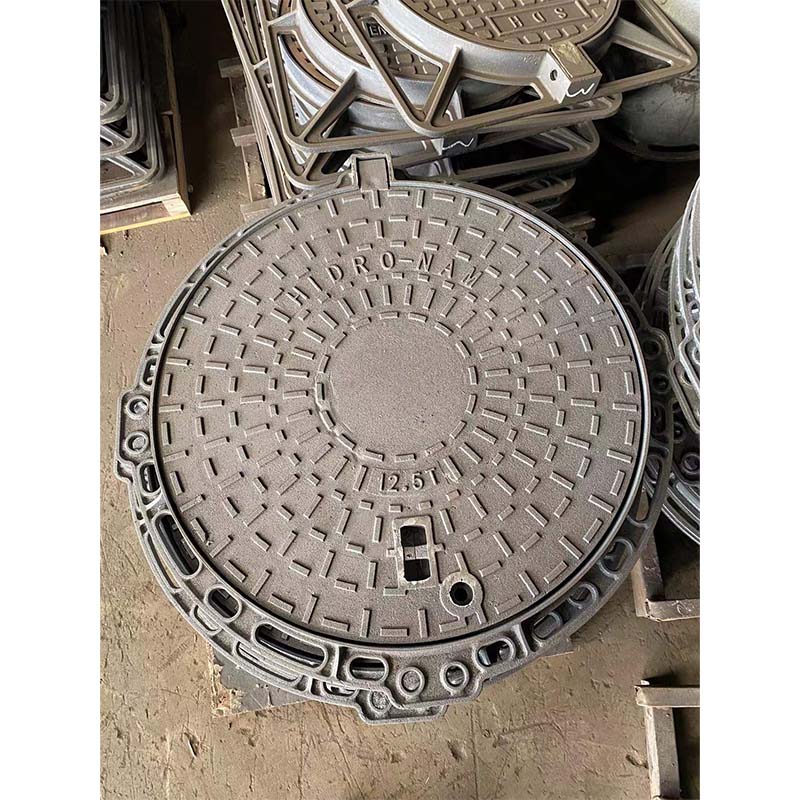drain grill
The Importance of Drain Grills in Urban Infrastructure
In urban environments, the management of stormwater is a crucial aspect of civil engineering and infrastructure sustainability. One often overlooked component of this system is the drain grill. While it may appear as a simple metal grate, the drain grill plays a pivotal role in maintaining public safety and environmental health.
Understanding Drain Grills
A drain grill, often found in streets, parking lots, and drainage systems, is designed to cover drainage openings while allowing water to flow freely into the sewer system. Its primary function is to prevent debris such as leaves, trash, and other large objects from entering the drainage system, which can cause blockages and flooding. In essence, it acts as the first line of defense against urban flooding, a problem that cities around the world face, especially during heavy rainfall.
The Role of Drain Grills in Flood Prevention
Urban flooding can lead to devastating consequences, including property damage, transportation disruption, and even loss of life. When stormwater is not properly managed, it can accumulate on streets and in public spaces, creating hazardous conditions. Drain grills help mitigate this risk by ensuring that water can quickly enter the drainage system, rather than pooling and overflowing onto streets.
In addition to preventing flooding, drain grills also play a crucial role in water quality management. When debris collects in gutters and drainage systems, it can decompose and release pollutants into water bodies. By filtering out larger debris, drain grills help protect the waterways from contamination and promote healthier ecosystems.
Material and Design Considerations
The design and material of drain grills are critical factors that determine their effectiveness and durability. Typically made from metals such as cast iron or galvanized steel, these grills must withstand harsh weather conditions, heavy traffic loads, and the corrosive effects of water. Additionally, their design varies based on location and application. For instance, in highly trafficked areas, sturdier grills are required to withstand the weight of vehicles. Conversely, in residential areas, more decorative options may be preferred to complement the landscape.
drain grill

Moreover, the spacing of the grill bars is essential. Grills with wider gaps may allow larger debris to pass through but can also let smaller objects clog the drainage system. Therefore, engineers must strike a balance between allowing sufficient water flow and preventing debris ingress.
Impact on Urban Aesthetics
Beyond their functional benefits, drain grills can also enhance urban aesthetics. With innovative designs and materials, manufacturers have started producing visually appealing grills that can integrate seamlessly into the urban landscape. Artistic drain grills can serve as a canvas for local artists, transforming an often mundane element of urban infrastructure into a site-specific artwork.
Maintenance and Challenges
While drain grills play a significant role in urban drainage systems, they do require regular maintenance. If left unattended, the debris that accumulates can obstruct water flow, negating their primary function. Municipalities must implement routine inspection and cleaning schedules to ensure that drain grills remain effective. In some cities, community initiatives, such as neighborhood clean-up events, have been established to encourage residents to take part in maintaining these crucial infrastructure components.
Challenges also arise in terms of public awareness. Many citizens may not understand the significance of these structures, often viewing them as mere nuisances when they become clogged. Educational programs can help inform the public about the importance of keeping drain grills clear of debris and the impact of littering on urban drainage systems.
Conclusion
In conclusion, drain grills are essential components of urban infrastructure that significantly contribute to flood prevention and water quality management. Their functionality goes hand-in-hand with community safety and ecological health. As cities continue to grow, embracing innovative designs and maintenance strategies for these seemingly simple structures will be crucial for building resilient urban environments capable of withstanding the challenges posed by climate change and rapid urbanization. By recognizing and enhancing the role of drain grills in our communities, we can pave the way for cleaner, safer, and more sustainable cities.
-
The Essential Component for Safe Urban InfrastructureNewsMay.14,2025
-
The Backbone of Urban InfrastructureNewsMay.14,2025
-
Practical and Stylish Solutions for Your Drainage NeedsNewsMay.14,2025
-
Lamphole Frame and Cover: Essential for Urban InfrastructureNewsMay.14,2025
-
A Seamless and Aesthetic SolutionNewsMay.14,2025
-
A Must-Have for Safety and DurabilityNewsMay.14,2025
-
Pipe Repair Clamps: Your Ultimate Solution for Efficient RepairsNewsMay.09,2025
